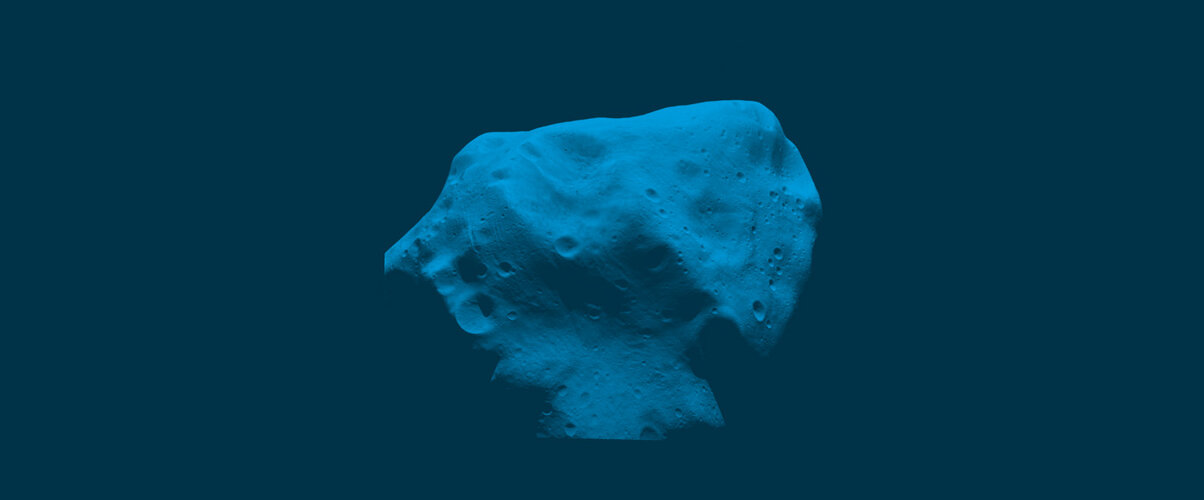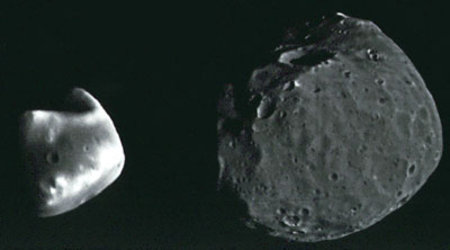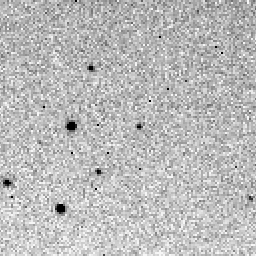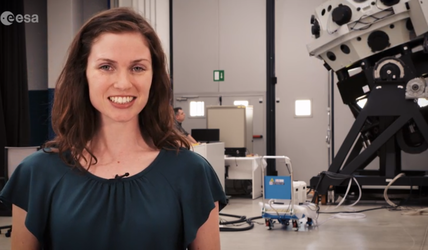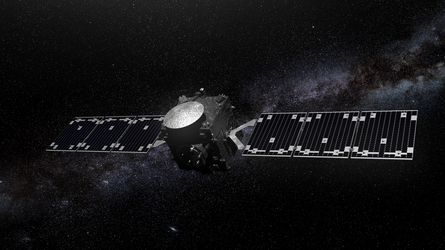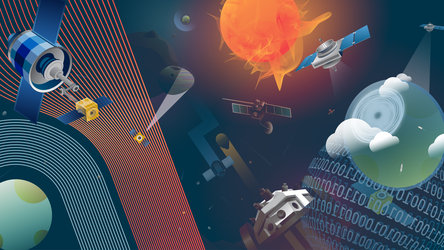ESA joins Asteroid Day for rocky live broadcast
What do astronauts, rockstars, scientists and communicators have in common? You’ll find some of the best at this year’s 5-hour live Asteroid Day broadcast, bringing to life the smallest known worlds in the Solar System – with the potential to make a huge impact here on Earth.
Leading experts from ESA – a partner of the UN-sanctioned global awareness campaign – will join the activities, highlighting Europe’s immense contribution to the fields of Planetary Defence and asteroid science and exploration.
The live programme premieres Wednesday 30 June 2021 at 18:00 CEST via asteroidday.org, and is not to be missed!
Celebrating 25 years of asteroid missions
This year, Asteroid Day LIVE celebrates the 25th launch anniversary of NASA’s NEAR-Shoemaker spacecraft, and the 2021 launch of three new asteroid missions, NASA’s Lucy, NEA Scout and DART – the world’s first mission to test an asteroid deflection technique – and much more.

While humankind has sent some remarkable missions to the ancient rocks of the Solar System, in the next three years alone, five new asteroid missions will be launched by NASA and ESA. Asteroid Day LIVE will explore this explosion in the world’s interest in asteroids through its five hours of new content that will answer everything from the most fundamental questions a beginner may have, to the questions that tantalise the world’s leading researchers.
Many high profile ESA guests will take part in the programme, including Pedro Duque, former ESA astronaut and now Spain’s minister of science and innovation; Franco Ongaro, ESA’s Director of Technology, Engineering and Quality and Heli Greus, part of the team sending ESA’s Hera Mission to space.
Europe makes sure we learn from the dinosaurs
The dinosaurs didn’t have a space agency. Not only does Europe have one, but for decades the European Space Agency has been monitoring the threat from asteroids, routinely eliminating worrying space rocks from our Asteroid Risk List.

Understanding the risk is vital - which is why ESA is building state-of-the-art Flyeye telescopes that will scan the sky for new asteroids. But what if we discover one on a collision course with Earth, even with just a tiny chance of impact? In that case mitigation will matter, and the best way to mitigate an asteroid threat is to deflect its orbit.
ESA’s upcoming Hera Mission will follow behind NASA’s asteroid impactor, DART, after it has impacted the 160 m Dimorphos asteroid (the smaller body, or Moon, of the Didymos binary asteroid system). Hera will perform high-resolution visual, laser and radio science mapping of the moon, the object in the Solar System to have its orbit shifted by human effort in a measurable way.
In doing so, Hera will turn the first-ever test of asteroid deflection into a well-understood and repeatable planetary defence technique.
Watch live for 5 hours of asteroid magic

Tune in from 18:00 CEST to find out more about the remarkable work being done to better understand asteroids - their history, their composition, and their risk.















 Germany
Germany
 Austria
Austria
 Belgium
Belgium
 Denmark
Denmark
 Spain
Spain
 Estonia
Estonia
 Finland
Finland
 France
France
 Greece
Greece
 Hungary
Hungary
 Ireland
Ireland
 Italy
Italy
 Luxembourg
Luxembourg
 Norway
Norway
 The Netherlands
The Netherlands
 Poland
Poland
 Portugal
Portugal
 Czechia
Czechia
 Romania
Romania
 United Kingdom
United Kingdom
 Slovenia
Slovenia
 Sweden
Sweden
 Switzerland
Switzerland



























